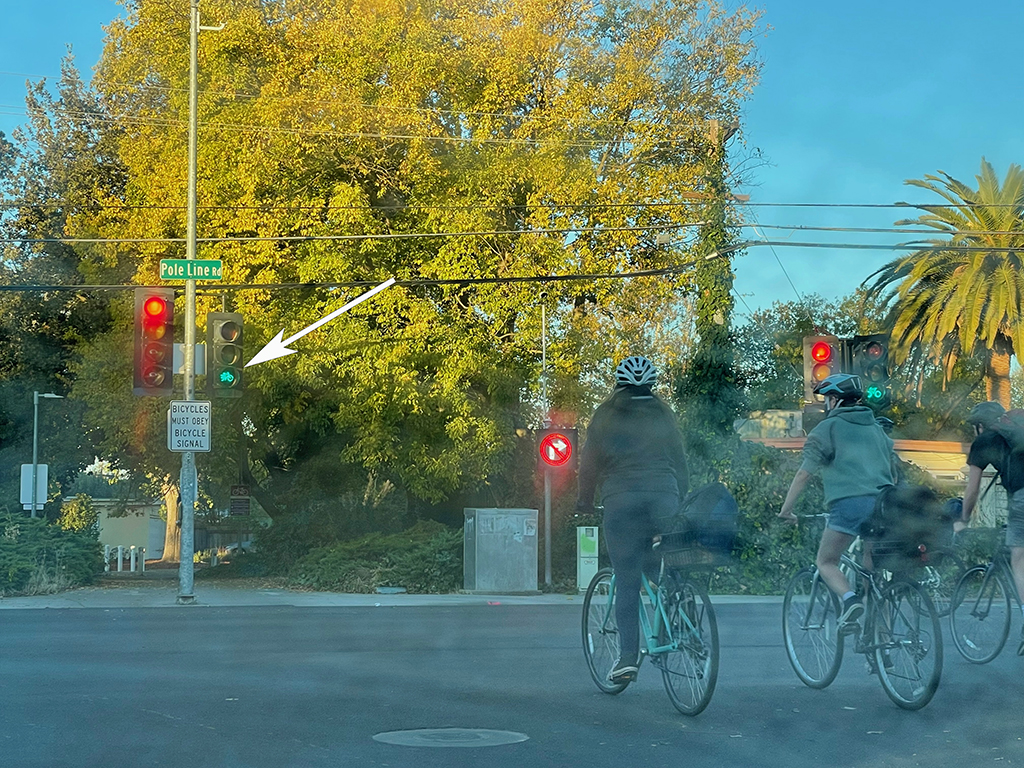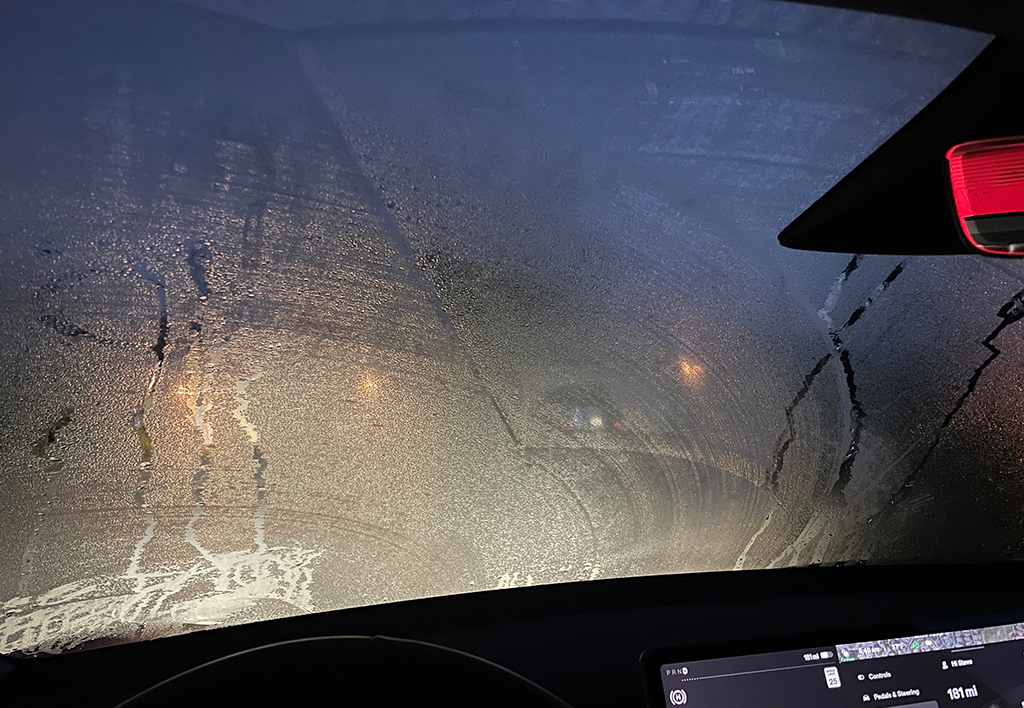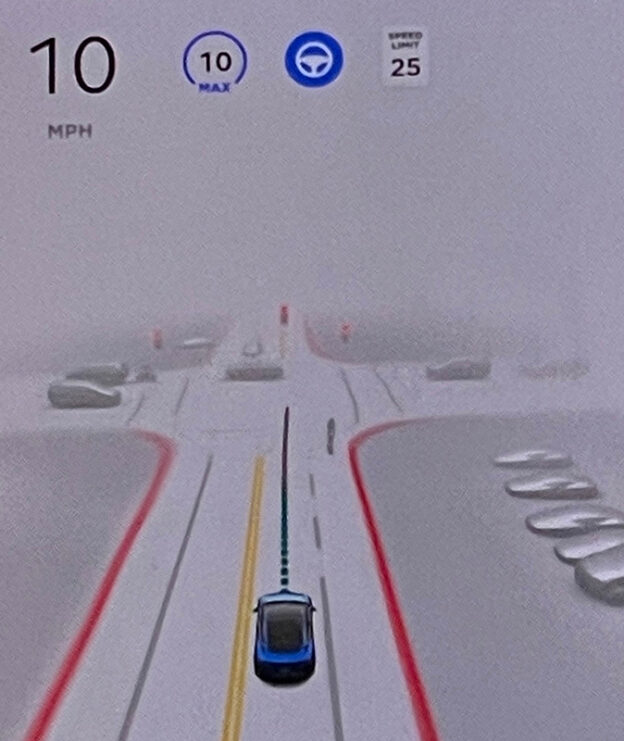April 2023. California. Part 7 of my 5-year review on the Model 3
Note: the updates keep coming. There are features that need improvement. Undoubtedly Tesla is working on this and some of these issues will hopefully be improved, but it’s not ready for prime time yet.
FSD was great when I first got it back in 2019. It was good at handling many basics of highway driving. It made driving more relaxing. I felt more secure with 8 additional eyes on the road. But over time I noticed more issues, particularly with shadows, overpasses, lane merging, and phantom braking. The introduction of city driving to FSD introduced a multitude of situations that the system can’t yet solve. Perhaps FSD will get there eventually, but I don’t expect to experience true self driving with my car – it’s a long way off.
The Good
- The car now moves over within your lane to make room when passing bicyclists on city streets.
- The car does the same when passing large trucks on the highway.
- When stopped at a stop sign, the car will creep forward a bit before driving into the intersection as if to make sure it’s safe before proceeding.
- Recognizes and slows down for some speed bumps.
- In general it has made a number of safe trips on city streets through my town.
- On my commute home FSD safely exited a major highway, merged onto a two lane road, and navigated through my neighborhood to my house, without a problem.
The Bad
(the following are examples from my driving)
- After stopping at a red light where I plan to make a turn, the car often accelerates too quickly into the intersection. Accelerating a bit slower would give the car more time to react safely to pedestrians, bikes, or cars that make unexpected moves.
- Does not distinguish between green lights for bicycles and green lights or green arrows for cars (see image below). In the case below, FSD started driving into the intersection when the bike light turned green even though the auto light was still red. I had to brake to avoid entering the intersection as bicyclists were crossing. I have sent Tesla data on this cases but it keeps happening. Maybe there aren’t a lot of towns with bicycle lights, but this is an example of a real world situation FSD will encounter and must handle safely.

- When the sun is low on the horizon, FSD has confused sunlight reflecting off a red light for a green light. Yesterday my car wanted to enter an intersection when the light was still red because of the glare. The center screen incorrectly showed the light as green.
- I drive east in the morning and west in the evening. So throughout the year I deal with the sun low on the horizon, and this causes problems for FSD’s visual based system. Me? I put on shades, lower the sun visor and can see fine, but FSD cannot.
- On the highway the car still occasionally has difficulty with shadows. It can still brake unexpectedly on highways at full speed (perhaps less than before, but it happens often enough to be worrisome). Yesterday I got an “Early Collision Warning” when driving under a bridge – there were no cars or obstacles anywhere around me and there was no reason for the collision warning. Other days the car has suddenly slowed when driving on busy highways. You really have to pay close attention to use this system safely.
- While driving on a busy 3 lane highway, into the sun, FSD decided I wasn’t in my lane (it was wrong), and moved my car to the right so I was too close to a car in the neighboring lane. I firmly turned the wheel to the left and disengaged FSD, and then returned my car to the center of my lane.
- FSD stopped at a cross walk in my town where 2 pedestrians were waiting to cross. That was good. But after they took their first step into the crosswalk the car started inching forward so I had to brake and let the pedestrians cross. Always pay attention.
- I was driving through my neighborhood after dusk on a straight street with well-marked center and shoulder lines. The steering jerked several times as the car attempted to keep its position in the lane. That alone was unusual because in general Autopilot is good at detecting lanes. But the worst part was when the car jerked toward the center line just as a car was passing in the opposite direction. This was startling and I forced the car to the right to avoid the oncoming car. You really have to pay very, very close attention. All the time.
- Driving on a major highway, a car was in the lane next to me. A motorcycle squeezed between the cars – as some motorcycle drivers do often. I saw the guy coming behind me but the car freaked out and suddenly slowed – luckily there wasn’t anyone close behind me.
- FSD has a difficult time dealing with construction sites where there are lane changes, concrete barriers, and lane merges.
Other Issues:
- Visibility is an problem. Each morning I go outside, unplug, get in the car, put it in drive and head to work. In the winter my windshield is often covered with moisture in the morning. And even though I have the wipers set on auto, every morning I have to manually start the wipers by pushing the button on left stalk. In the example below: the car is in drive and I’m just sitting there waiting for the wipers to do their job.

- The wipers don’t wipe often enough when it’s raining. Sometimes the windshield is completely covered with rain but the FSD/auto systems don’t turn on the wipers (reminder that when FSD is engaged the wipers are set to auto). If I can’t see through the windshield it’s very likely the camera see either. But on the other hand this may signal that FSD doesn’t require as much visual information to do it’s job as we need to feel safe driving in the rain. Whatever the case, the wipers should be calibrated to make the driver feel safe.

- A common issue with the cameras: Many mornings I get a notice that one or more cameras are blocked. This is either condensation or glare from the sun. Drivers could perhaps get used to wiping moisture off the cameras, but there’s nothing we can do about glare.
Updates
FSD has its strengths, but has a long ways to go. Updates will keep coming and FSD will improve as a result of real-world data streaming in from drivers. But again, it has a long, long way to go. Back in 2016 I had dreams that FSD would be operational by the time my children started driving. Not gonna happen.
As of March 2024 I’m driving FSD 12.3 and issues remain. FSD does not handle the construction zones on the major highway (Route 80) I drive every day. It rides too close to the concrete barriers that line the construction sites, and it slows down unnecessarily when approaching highway exits in the construction zone. Even though the lanes are well-marked, FSD has a problem interpreting the construction zones and slows down unnecessarily and – for drivers behind me – unpredictably.
Every single time I drive the car I have to remember to click the “minimal lane change” option. Every single drive. I prefer driving in the slow lane and even when there is no traffic on the road FSD will turn on the blinker and try to move me over to the middle lane. FSD should learn the preferences of the driver or allow the driver to select a permanent option – not force the driver to accommodate to FSD preferences.
Most annoying, the latest iteration of FSD has removed the option to use only cruise control. Before this update a single pull on the drive stalk would turned on traffic aware cruise control (TACC), and a double pull would turn on FSD. TACC is no longer an option. Now it’s FSD or nothing. The only way to use TACC, is stop the car, put it in park and turn off FSD. So I’ve turned off FSD because I don’t feel it’s safe enough for me to hand over control. I’m guessing Tesla feels they aren’t getting enough data to improve the system and are forcing drivers to use the system. I’ve turned it off so I can return to using cruise control whenever I want.
Summary
At this point, using FSD requires that you pay very, very close attention at all times. I compare FSD to sitting in the passenger seat while an inexperienced teenager takes the wheel – I don’t trust it and it’s more stressful than driving on my own. As many have noted, constant vigilance is absolutely required and I can’t stress that enough. In the latest update Tesla has begun calling it “FSD (Supervised)”.

